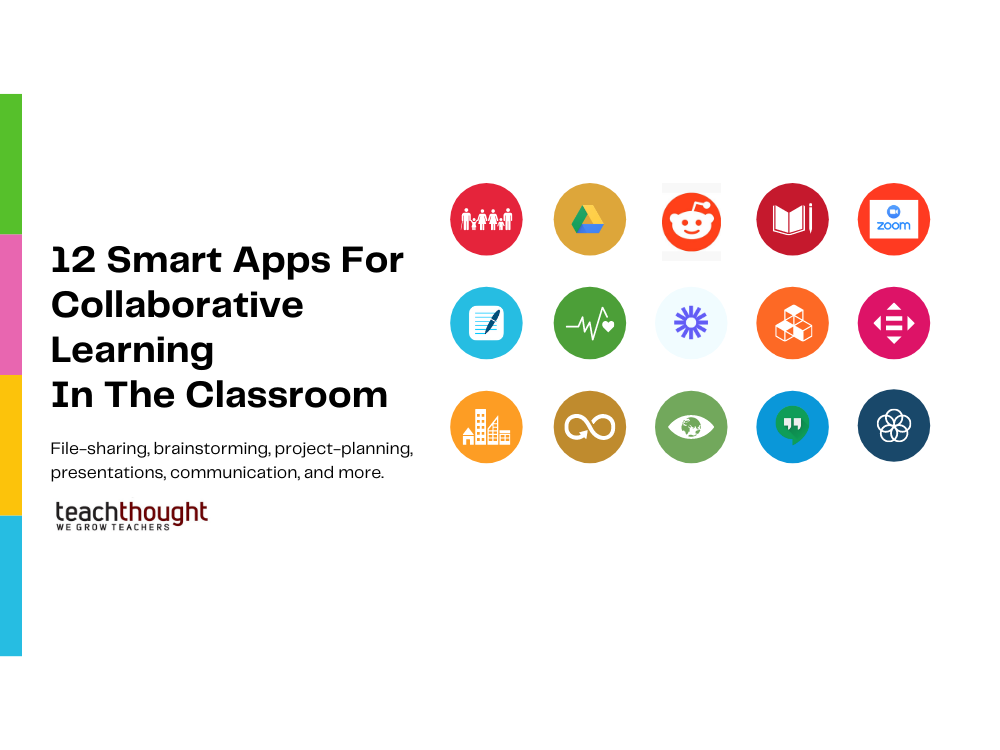For too long, students with learning disabilities have struggled to navigate a traditional education system that often fails to meet their unique needs. But what if technology could help bridge the gap, offering personalized support and unlocking the full potential of every learner?
Artificial intelligence (AI) is emerging as a powerful ally in special education, offering many opportunities to create more inclusive and effective learning experiences for students with diverse learning profiles.

The Promise of Personalized Learning: Tailoring Education to Individual Needs
At the heart of AI’s potential in special education lies its remarkable ability to personalize learning. Traditional one-size-fits-all approaches often fail to address the specific challenges faced by students with learning disabilities. Conversely, AI can adapt to individual learning styles, paces, and needs, creating a truly customized educational experience.
Here’s how AI is transforming special education:
1. Personalized Learning Plans and Interventions: AI algorithms can analyze students’ strengths, weaknesses, and areas of need, generating personalized learning plans and interventions. These plans can adapt in real-time based on a student’s progress, ensuring they are appropriately challenged and supported. Imagine a student with dyscalculia, struggling with math concepts. AI can identify their specific areas of difficulty, such as number sequencing or spatial reasoning, and tailor a learning plan that focuses on strengthening those areas, offering visual aids, interactive games, or alternative learning methods.
2. Assistive Technology Enhanced by AI: From text-to-speech software and word prediction tools to visual organizers and mind mapping software, AI is enhancing the capabilities of assistive technologies, making them more intuitive, personalized, and effective. For example, AI-powered speech-to-text software can learn a student’s vocabulary and speech patterns, improving accuracy and reducing frustration. Similarly, AI can personalize the interface and features of assistive devices based on a student’s individual needs and preferences.
3. Early Identification and Intervention: Early intervention is crucial for supporting students with learning disabilities. AI can analyze student data, such as academic performance and behavior patterns, to identify potential learning challenges early on, enabling educators and families to intervene proactively. This data analysis can highlight subtle patterns that might go unnoticed, like a student consistently reversing certain letters or struggling with specific social cues. Early identification allows educators to implement targeted interventions before challenges escalate, leading to better long-term outcomes.
4. Real-Time Feedback and Support: AI-powered tutoring systems and homework assistance platforms can provide students instant feedback, step-by-step guidance, and personalized support tailored to their learning needs. These platforms are like having a virtual tutor on demand, offering support outside of classroom hours and reducing the frustration many students with learning disabilities experience when they feel stuck. Platforms like Gauth are at the forefront, providing this individualized support.
5. Empowering Educators and Parents: AI can provide educators with valuable insights into student progress, areas of difficulty, and effective teaching strategies. This data-driven approach allows for more informed decision-making and targeted interventions. Parents, too, can benefit from a clearer understanding of their child’s learning profile and strategies to support their growth at home. With AI-generated reports and insights, parents can become more effective advocates for their children, working collaboratively with educators to support their unique learning journeys.
AI in Action: Real-World Applications Transforming Special Education
The transformative potential of AI in special education is being realized through a growing number of innovative applications:
- AI-powered reading assistance tools can help students with dyslexia decode words, improve fluency, and enhance reading comprehension.
- Math learning platforms leverage AI to provide personalized instruction, step-by-step guidance, and interactive exercises that cater to different learning styles and paces.
- AI-driven communication aids empower students with nonverbal autism or communication disorders to express themselves more effectively.
- Virtual and augmented reality applications create immersive and engaging learning experiences catering to diverse learning styles and needs.
The Future is Inclusive: Embracing AI to Empower All Learners
While AI is not a magic bullet, it holds immense promise for creating a more inclusive and equitable educational landscape for students with special needs. By harnessing the power of personalized learning, AI can help break down barriers, unlock potential, and empower every student to succeed.
Key Considerations for Ethical and Effective Implementation
As with any transformative technology, thoughtful implementation and ethical considerations are paramount. To ensure that AI benefits all learners, we must prioritize:
- Equitable Access: Bridging the digital divide is crucial. All students, regardless of their socioeconomic backgrounds, must have equal access to technology and reliable internet connectivity.
- Data Privacy and Security: Protecting student data is paramount. AI systems must adhere to strict privacy regulations and ensure the responsible use of sensitive information.
- Collaboration Between Educators, Technologists, and Families: A collaborative approach involving teachers, AI developers, policymakers, and parents is essential to creating effective and inclusive AI-powered learning environments.
The future of special education is bright, and AI is poised to play a transformative role. By embracing the power of personalized learning and prioritizing equity and inclusion, we can create a world where every student, regardless of their learning differences, has the opportunity to thrive.
